Today, let’s make perilla oil noodles—a must-have Korean summer dish! Right now, it’s one of the trendiest noodle recipes in Korea.
What makes it special? A topping of kimchi adds an irresistible umami kick and a refreshing crunch, taking the flavor to the next level. This perilla oil makguksu recipe only takes 10 minutes to make—an easy Korean summer food that will help you beat the heat!
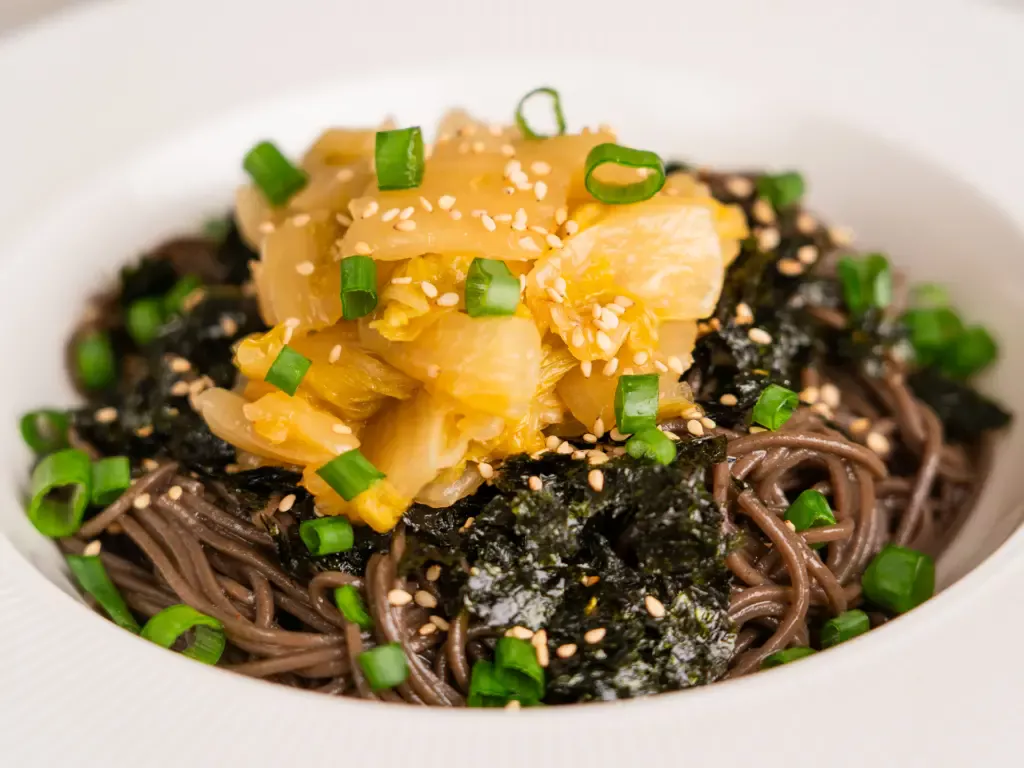
Table of Contents
What is Perilla Oil Noodles?
Perilla oil buckweat noodles, or deulgireum guksu, is a classic Korean summer noodle dish. Although sesame oil is commonly used in noodle recipes, perilla oil adds a unique, nutty aroma that makes this dish extra special.
The base is typically a simple mixture of soy sauce for a salty kick, topped with roasted seaweed flakes and sliced green onions. Today, however, we’re adding a refreshing twist by putting kimchi on top for extra crunch and a tangy burst of umami flavor.
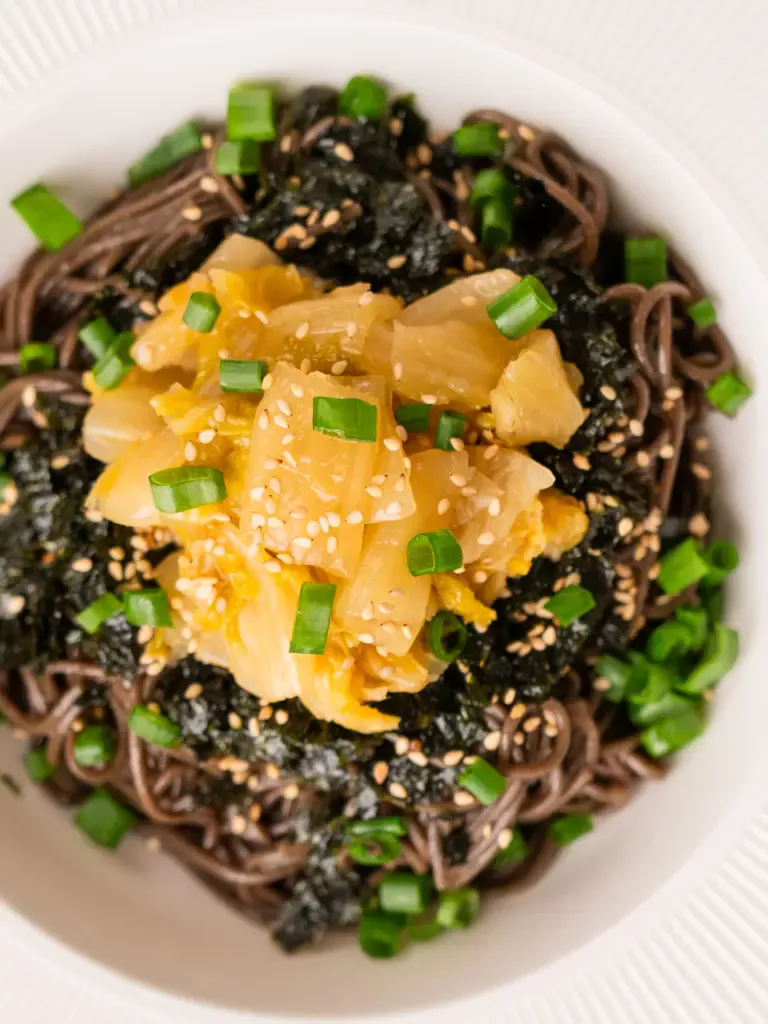
What is Perilla Oil?
Perilla oil is called Deulgireum in Korean. It’s made by pressing roasted perilla seeds. Known for its rich, nutty flavor, it has a bold presence—even a small amount can completely transform a dish.
It’s also packed with omega-3 fatty acids, which are known to support heart health and brain function, making it not only delicious but also nutritious.
What is Makguksu?
Makguksu is a Korean dish consisting of buckwheat noodles that are served either in a cold broth or mixed with a savory sauce. While it can be enjoyed warm or cold, the most common version is cold and spicy.
It’s a regional specialty of Gangwon Province, where many local restaurants are dedicated to serving this refreshing noodle dish.
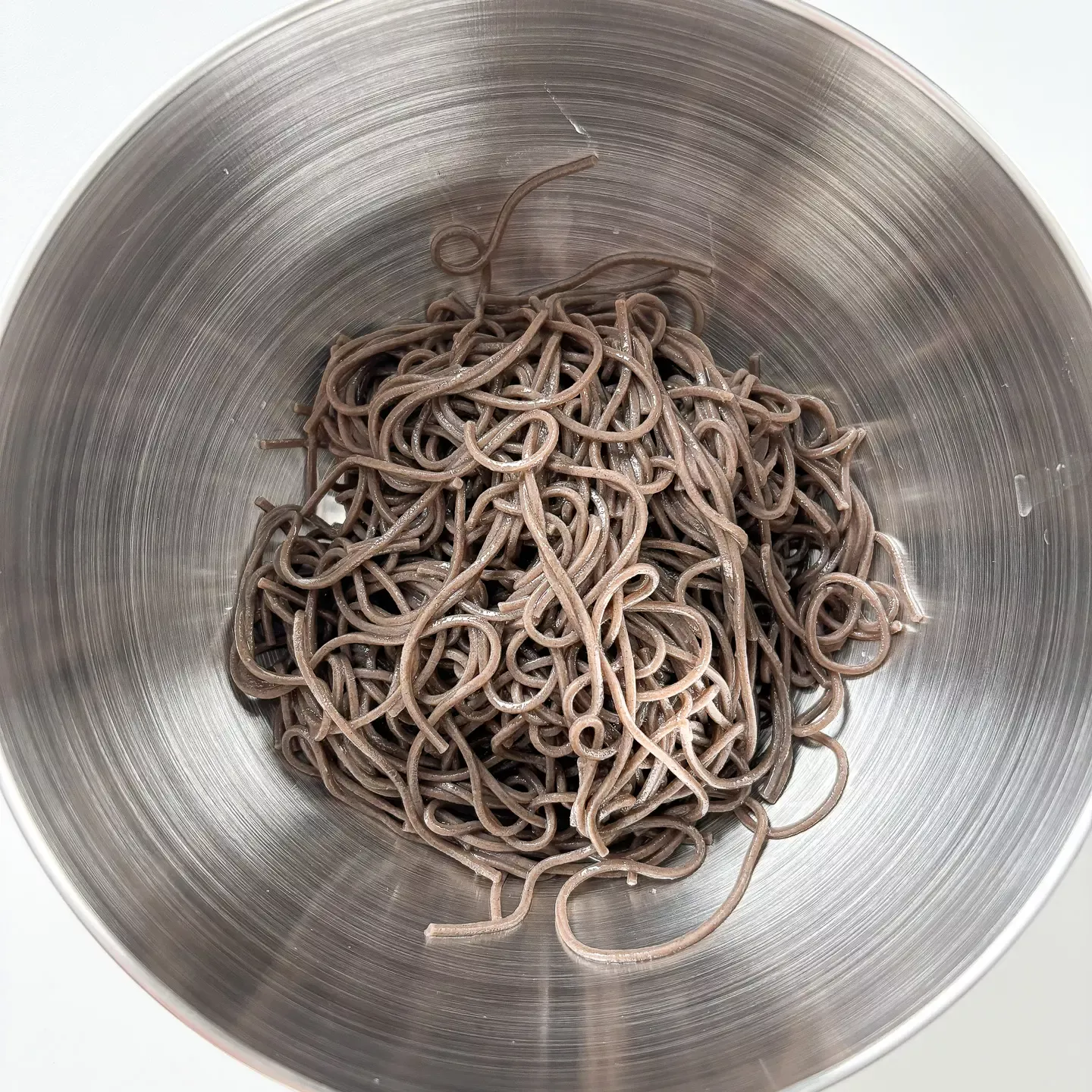
The Difference Between Makguksu and Naengmyeon
Although both dishes use buckwheat noodles, the noodles themselves are quite different.
Makguksu noodles often include the husk of the buckwheat, which gives them a darker, gray-brown color and a softer, more fragile texture. Naengmyeon noodles, on the other hand, are made using only the inner part of the buckwheat grain. The husks are removed to create a fine, pale flour. As a result, naengmyeon noodles—especially in Pyongyang-style versions—tend to be lighter in color.
The texture is also very different: naengmyeon noodles are much chewier and more elastic, while makguksu noodles are softer and more delicate. Both dishes can be served in broth or mixed with sauce. However, naengmyeon is always served cold, whereas makguksu can be enjoyed either cold or warm.
Types of Makguksu
Makguksu comes in many variations, depending on the type of broth, seasoning, and toppings used. Let’s take a look at some of the most popular styles.
- Mul Makguksu: This version is served in a cold, refreshing broth—usually made with dongchimi (radish water kimchi) or naengmyeon broth. It’s especially popular in the summer for its cooling effect.
- Bibim Makguksu: The noodles are mixed with a sweet and spicy sauce and served cold. For extra flavor and moisture, a small amount of dongchimi broth is sometimes added.
- Jaengban Makguksu: This version is served in a large sharing platter, making it perfect for 3–4 people. It’s mixed with fresh vegetables and a bold, spicy-sweet sauce. The dish is tossed together at the table for a fun and social meal.
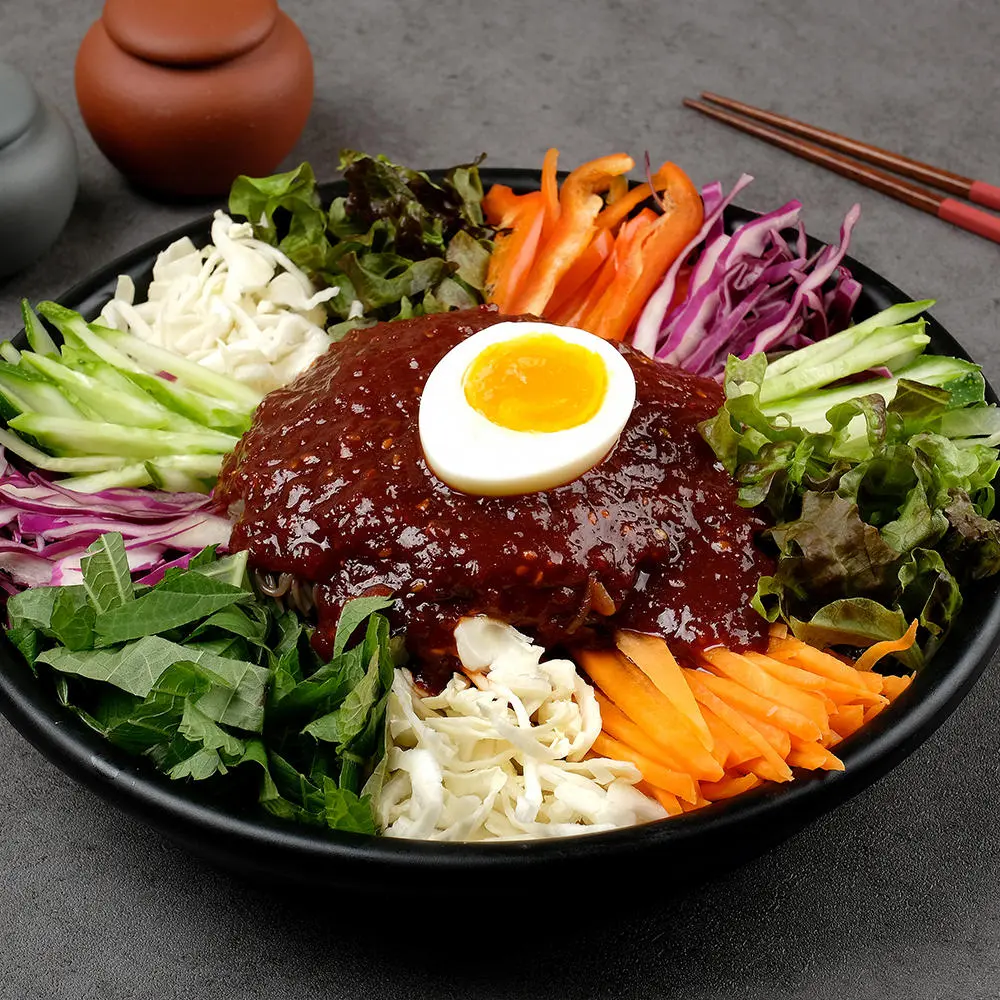
- Perilla Oil Makguksu: This is the trendy version of makguksu that we’re making today. It’s so popular that people wait up to three hours to try it at a famous restaurant in Gogi-ri, Yongin. The noodles are gently tossed in a savory mixture of soy sauce and perilla oil, which creates a clean, natural flavor that isn’t overly spicy or intense. I’ll show you the best perilla oil noodles recipe today!
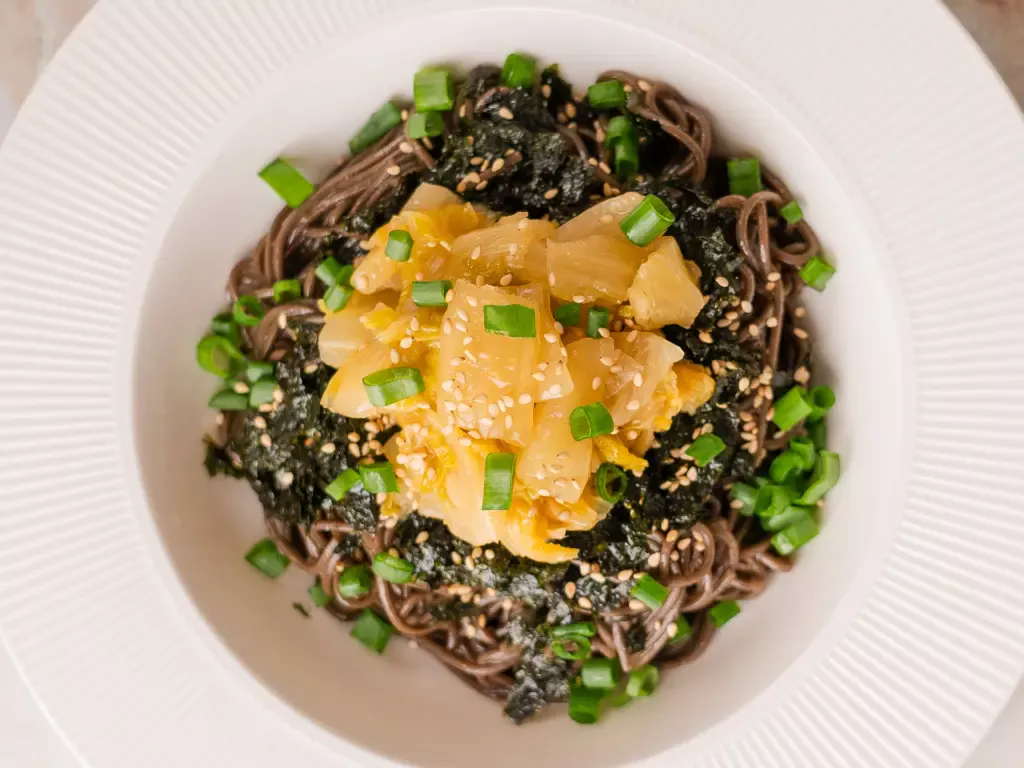
Ingredients for Perilla Oil Noodles
The classic version of perilla oil buckwheat noodles tastes a bit too plain for my liking. So today, I’m upgrading the recipe by adding kimchi for extra depth and flavor.
- Buckwheat Noodles: Since we’re making makguksu, buckwheat noodles are essential. Their soft, earthy texture pairs perfectly with cold sauces.
- Perilla Oil: This is the star ingredient of today’s seasoning. Unlike sesame oil, perilla oil has a uniquely nutty, herbaceous aroma that defines the dish.
- Kimchi: This is today’s highlight topping. You can use regular kimchi, but I like to rinse it slightly for a cleaner taste. It’s then seasoned with perilla oil to bring out a fragrant kick.
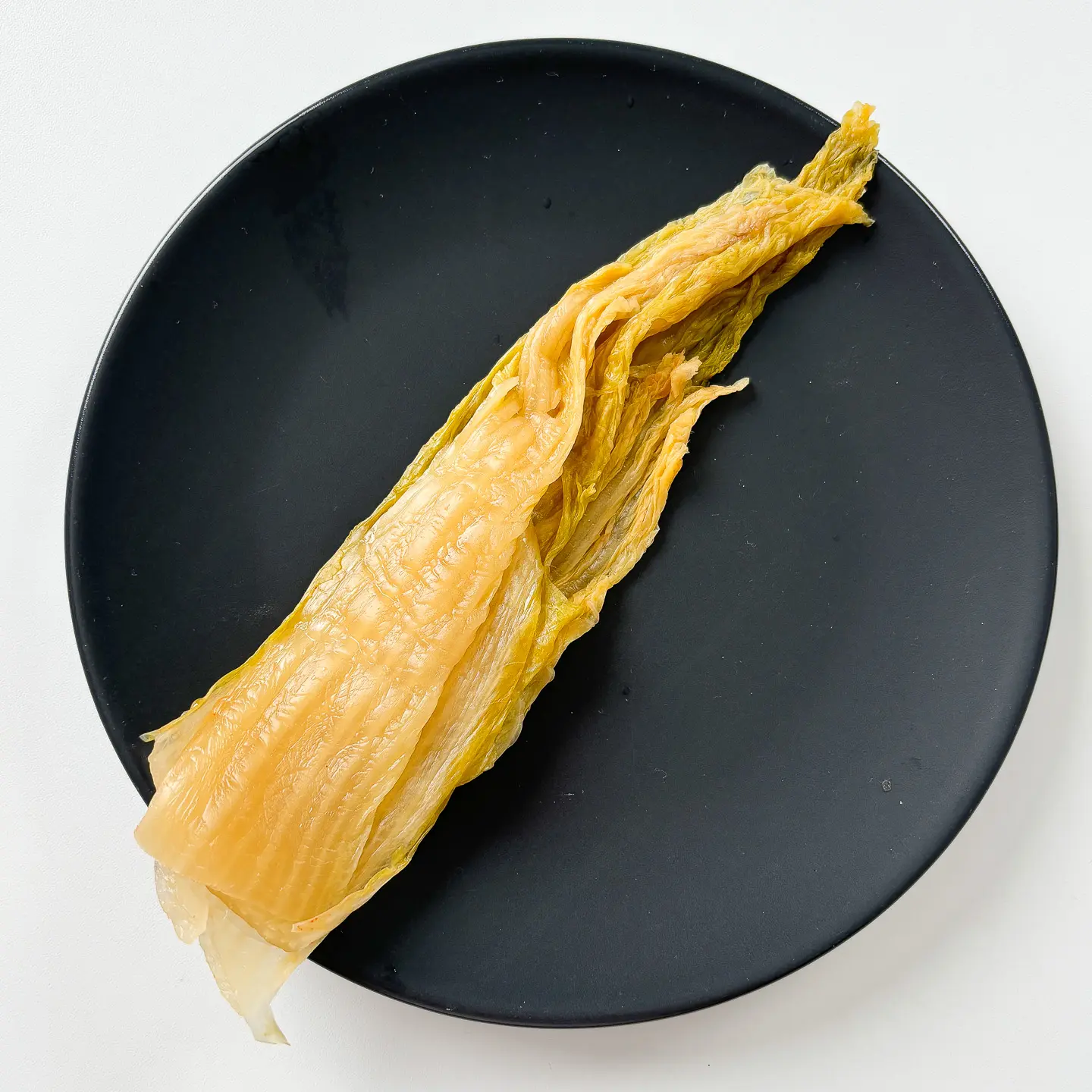
- Soy Sauce: Many Koreans use tsuyu, a Japanese noodle sauce, for a stronger umami punch. However, I prefer soy sauce for a cleaner, more traditional Korean flavor. This keeps the dish light yet delicious.
- Sugar: Sugar is a common ingredient in Korean cuisine, especially in Korean cold noodles like this one. Koreans love the balance of sweet and salty flavors. You can reduce the amount if you’re not into sweetness, but skipping it entirely would leave the dish flat.
- Seasoned Seaweed (Gim): Crushed roasted seaweed adds a savory layer of umami and boosts the nuttiness of the noodles. It makes the dish irresistibly flavorful.
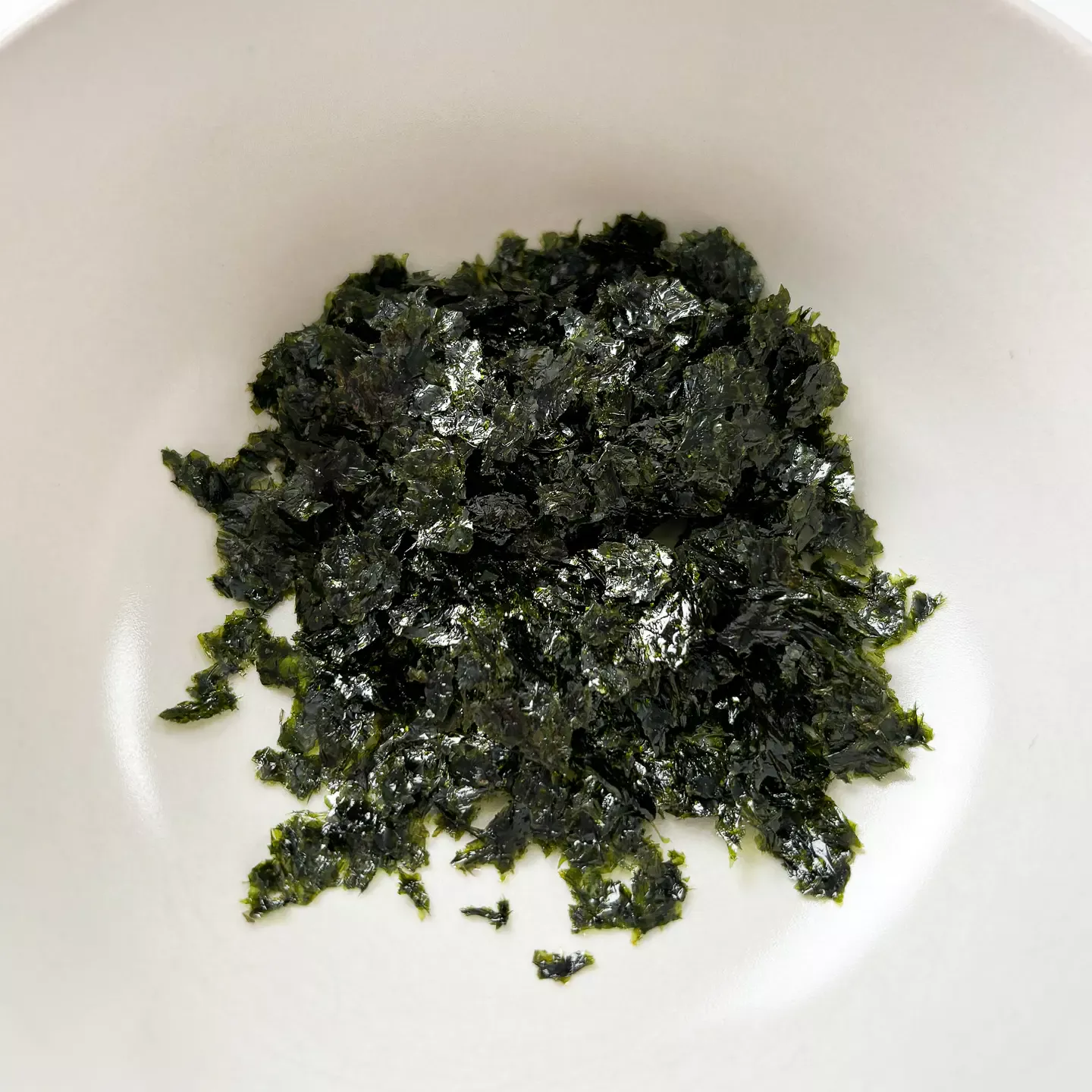
- Green Onion: A sprinkle of chopped green onion cuts through the richness of the oil and brings a fresh, slightly spicy contrast.
- Toasted Sesame Seeds: Don’t skip this. Grinding sesame seeds over the top finishes the dish with a rich, toasty flavor that ties everything together.
Optional Toppings
Want to take it to the next level? Here are two simple toppings I recommend.
- Cucumber: Adding thinly sliced cucumber gives the dish a crisp bite and a refreshing finish—perfect for hot summer days.
- Boiled Egg: Many Korean cold noodles like bibim guksu come with a boiled egg. It adds protein and makes the dish feel more complete, both in flavor and texture.
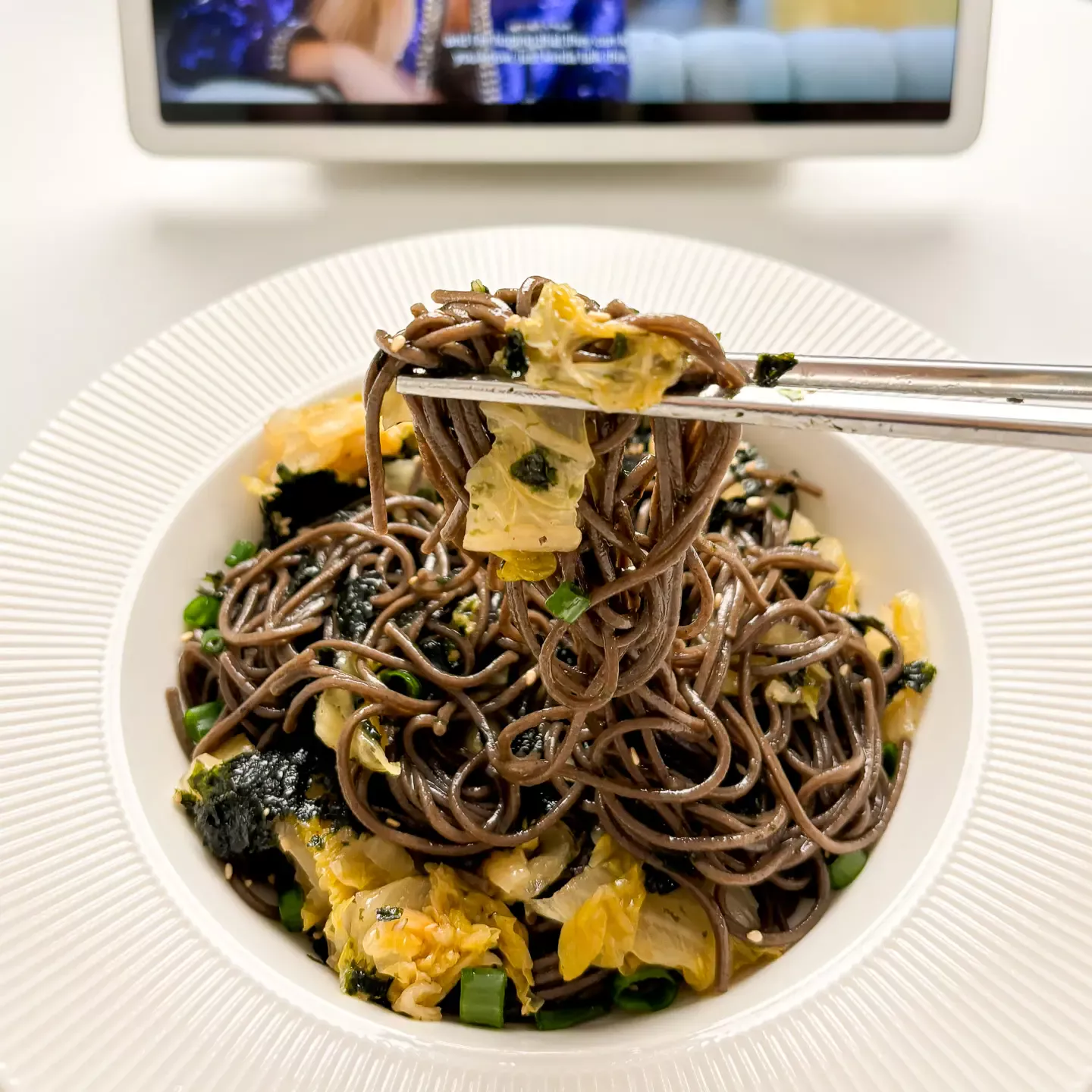
Ingredient Substitutions
- Perilla Oil
If you can’t find perilla oil, you can use sesame oil instead. But let me be honest—it’s not the same dish anymore. The flavor profile changes entirely. That’s why I strongly recommend using perilla oil, at least for this recipe. It’s really what makes this dish special.
Recommended: https://amzn.to/4krL4Id (US), https://amzn.to/45poElT (UK), https://amzn.to/45l70Qf (NL, BE), https://amzn.to/44RTrI2 (DE)
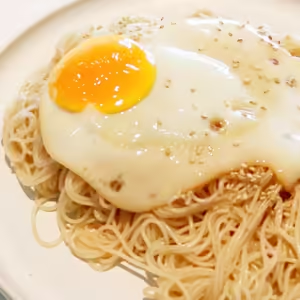
That said, if you don’t have perilla oil, this recipe also works well as a soy sauce-based cold noodles (ganjang bibim guksu) using sesame oil. It’s still delicious, just a different kind of Korean cold noodle recipe.
- Kimchi
If you don’t have kimchi, you can leave it out. But keep in mind—the crunch and tang of kimchi are what really elevate this dish. It’s a key element that balances the texture and adds depth.
- Buckwheat Noodles
No buckwheat noodles? You can use somyeon (thin wheat noodles) instead. But buckwheat noodles are much chewier and give the dish its unique texture. Somyeon is softer and more delicate, so the overall mouthfeel will be quite different.
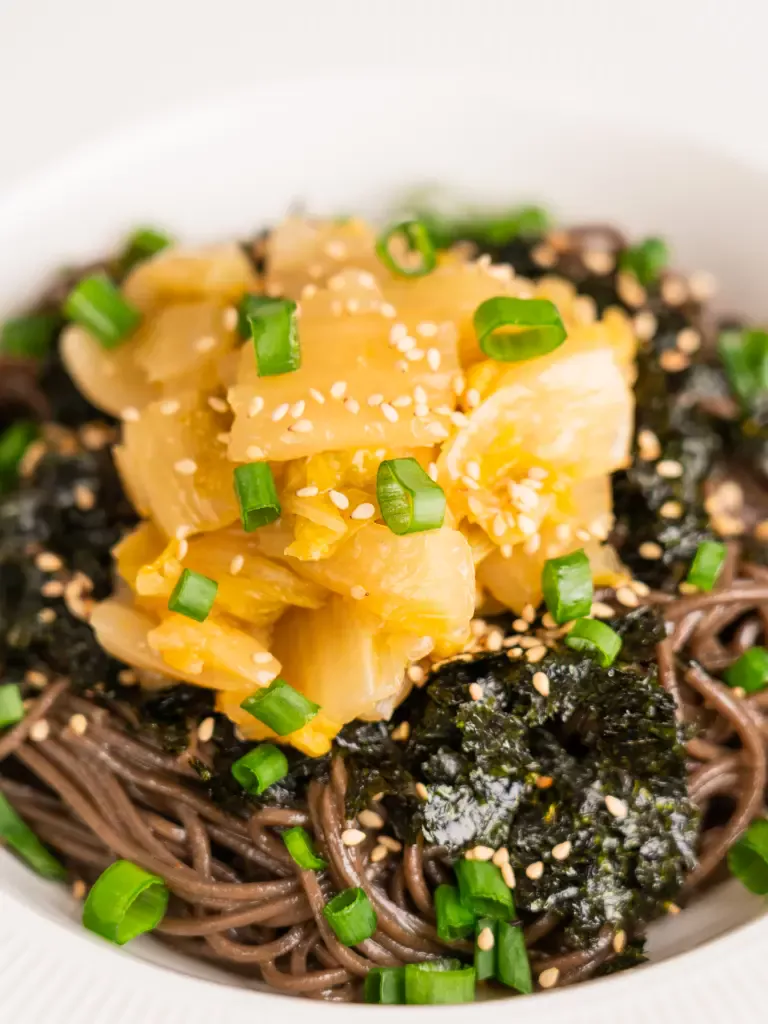
Is Buckwheat Noodle Healthy?
Buckwheat noodles are known for being a healthier carb option. Per 100g, they contain about 275 kcal, 57g of carbs, 9g of protein, and just 1g of fat. They’re high in protein and rich in dietary fiber, making them great for digestion and ideal for anyone looking to eat lighter. Some studies also suggest that buckwheat can help lower blood sugar levels, and it’s believed to support detoxification by helping the body eliminate waste and toxins.
However, keep in mind that most store-bought buckwheat noodles actually contain more wheat flour than buckwheat. So if you want to enjoy the full health benefits, make sure to choose noodles with a high buckwheat content.
Vegan-Friendly & Inclusive
If you use vegan kimchi or skip kimchi, this dish is 100% plant-based and perfect for everyone—vegan, vegetarian, and even halal-friendly. There are no animal products in this recipe, just wholesome, plant-based ingredients that are both healthy and satisfying.
Korean Summer Food
Deulgireum Makguksu (perilla oil noodles) are one of Korea’s iconic summer dishes. Let’s find out why.

- Buckwheat: Buckwheat is classified as a “cooling” food in East Asian medicine. It helps lower body heat, making it perfect for eating during the hot summer months.
- Refreshing: This dish is served cold, which makes it super refreshing and perfect for beating the summer heat.
- Quick Cooking Time: Who wants to cook a lot in the summer, especially standing in front of the stove for a long time? With perilla oil noodles, once you boil the noodles, you’re basically done. A cold noodle dish ready in just 10 minutes is ideal for a quick and easy homemade summer meal.
Perfect Pairing
Korean BBQ: Koreans love to eat cold noodles with Korean BBQ. That’s why you’ll often find cold noodles like naengmyeon at BBQ restaurants. I tried this perilla oil bibim guksu with Korean BBQ, and placing a piece of grilled meat on top of the noodles creates a flavor combination that’s honestly hard to describe — it’s just amazing.
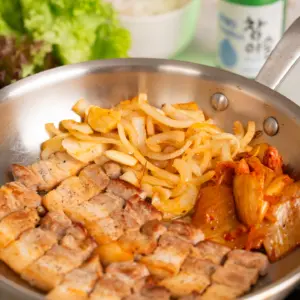
This is the simplest and most authentic home-style Korean BBQ meal you can make. How about some BBQ and perilla oil noodles for dinner tonight?
Get Ingredients
- Perilla Oil: https://amzn.to/4krL4Id (US), https://amzn.to/45poElT (UK), https://amzn.to/45l70Qf (NL, BE), https://amzn.to/44RTrI2 (DE)
- Buckwheat Noodles: https://amzn.to/4kyYodo (US), https://amzn.to/3FnqsRZ (UK), https://amzn.to/3Hly1ZQ (DE), https://amzn.to/4mvroV3 (NL, BE)
- Kimchi: https://amzn.to/4dvJthL (US), https://amzn.to/44NpGrP (UK), https://amzn.to/43bq3Lz (DE)
- Seaweed: https://amzn.to/4ksKZTT (US), https://amzn.to/3SilBUZ (UK), https://amzn.to/4jktl3Q (DE), https://amzn.to/3SfZ6Ab (NL, BE)
- Soy sauce: https://amzn.to/4gYk1BJ (US), https://amzn.to/4gW8zGv (DE), https://amzn.to/3Ef2bgl (UK), https://amzn.to/43OACVz (NL, BE)
- Sesame Seeds: https://amzn.to/3D85aXg (US), https://amzn.to/3EQVBwt (DE), https://amzn.to/3D7C6iD (NL)
Disclosure: Blonde Kimchi is part of the Amazon Services LLC Associates Program, an affiliate advertising program that allows websites to earn advertising fees by linking to Amazon.com and promoting products.
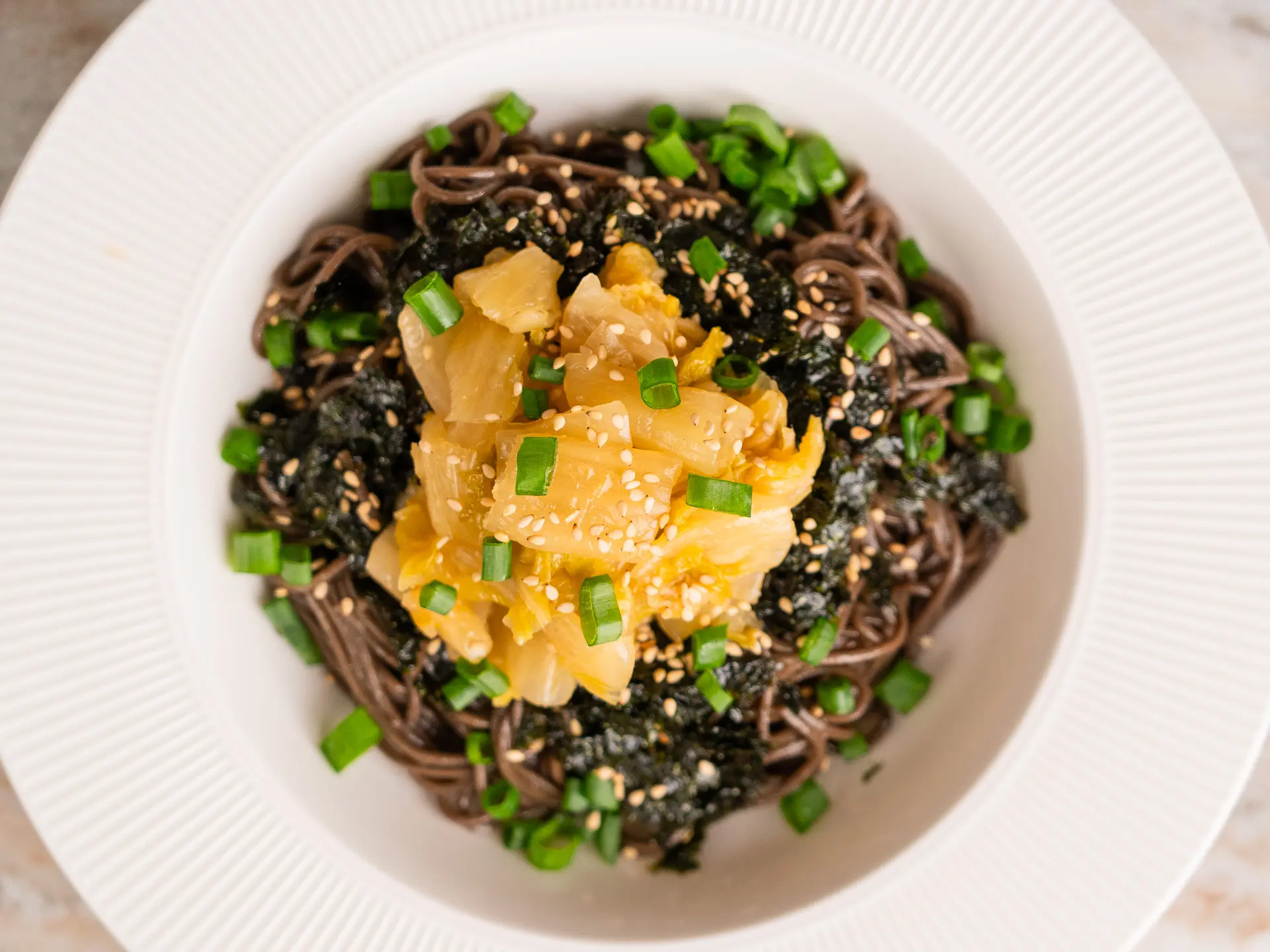
Kimchi Perilla Oil Noodles – Deulgireum Makguksu
Ingredients
Equipment
- 1 Pot
- 1 Strainer
- 1 Knife & cutting board
- 1 scissors
- 1 Tongs
Method
- Prepare the kimchi: Rinse the kimchi lightly to reduce saltiness. Chop the kimchi.
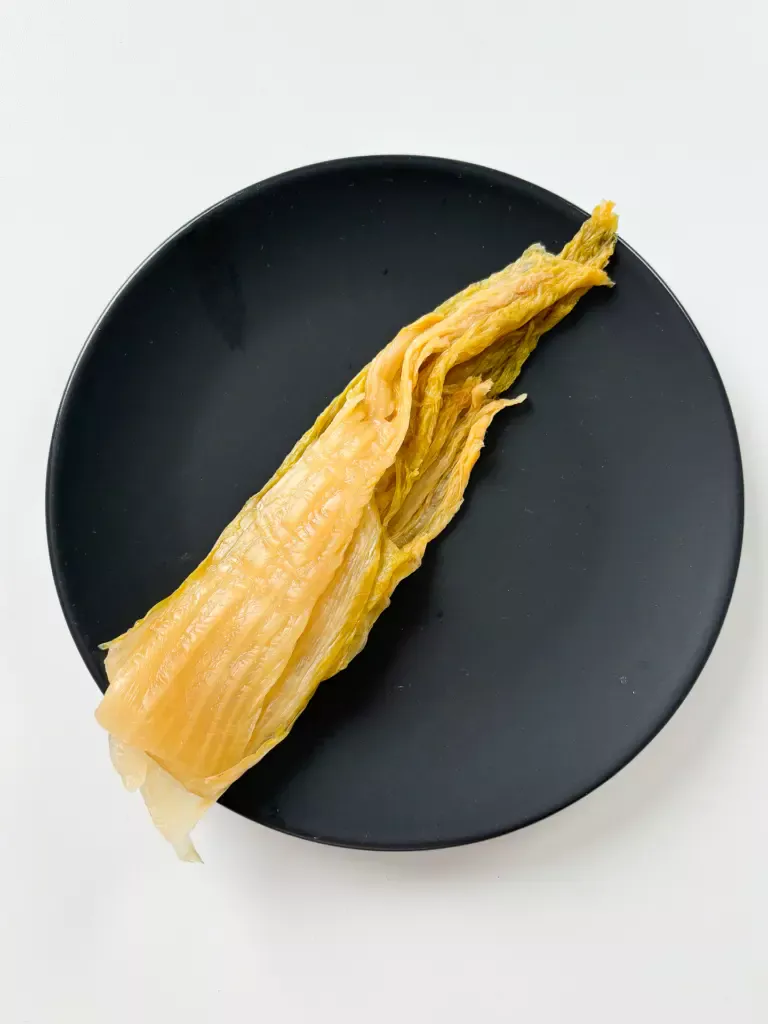
- In a bowl, mix the kimchi with 1 tbsp perilla oil and 0.3 tbsp sugar. Set aside.
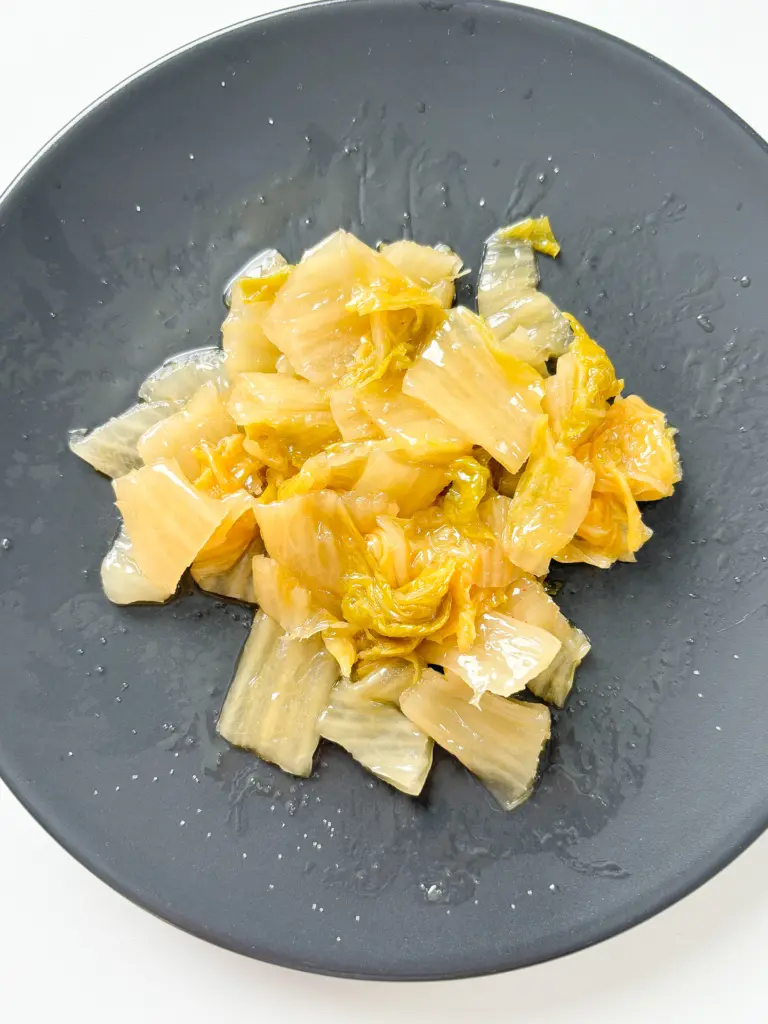
- Boil the noodles according to package instructions. Rinse well under cold water to chill and remove excess starch.
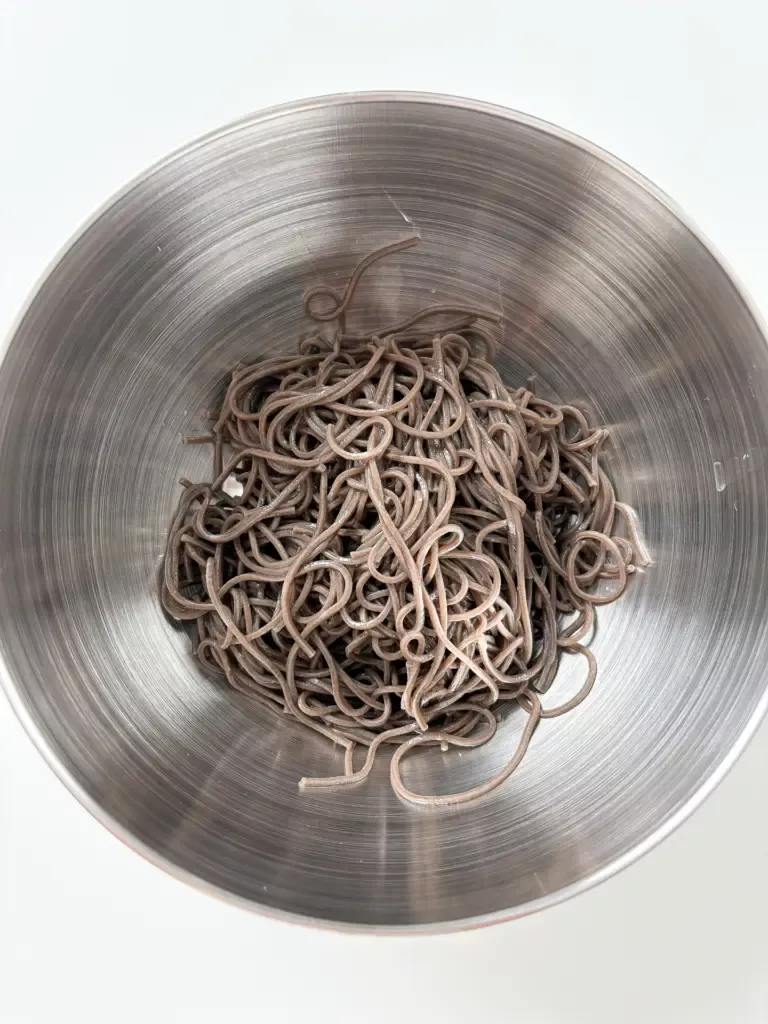
- In a separate bowl, toss the cold noodles with 3 tbsp soy sauce, 3 tbsp perilla oil, and 1 tbsp sugar until evenly coated.
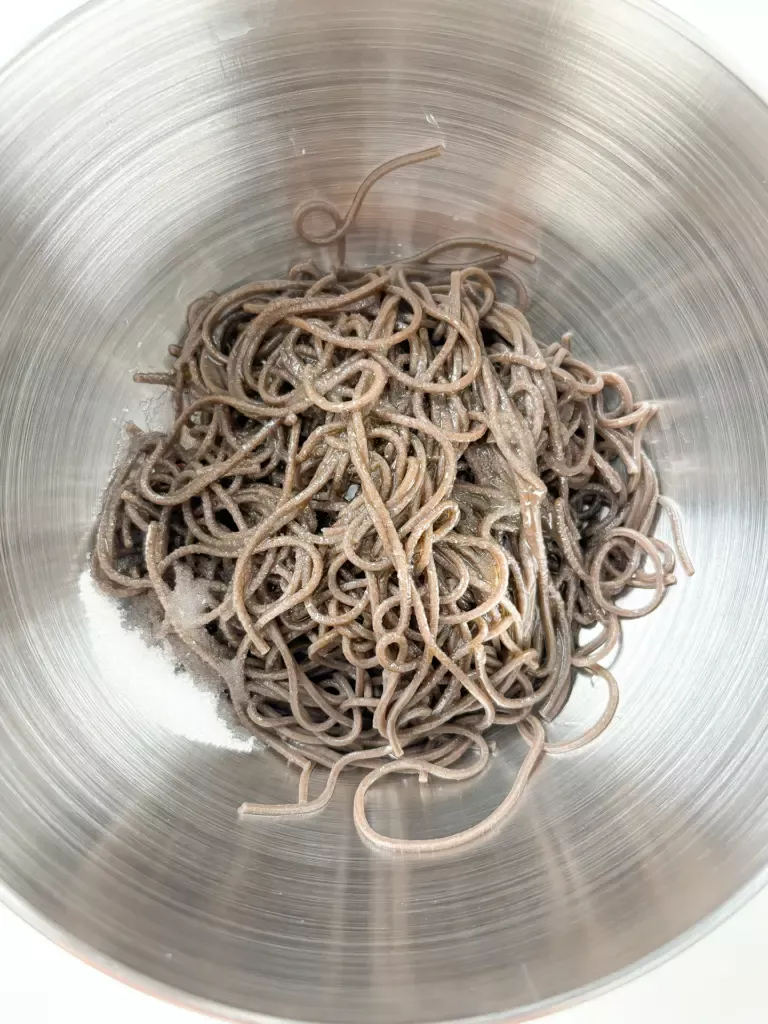
- Plate the noodles. Top with crushed seaweed flakes.
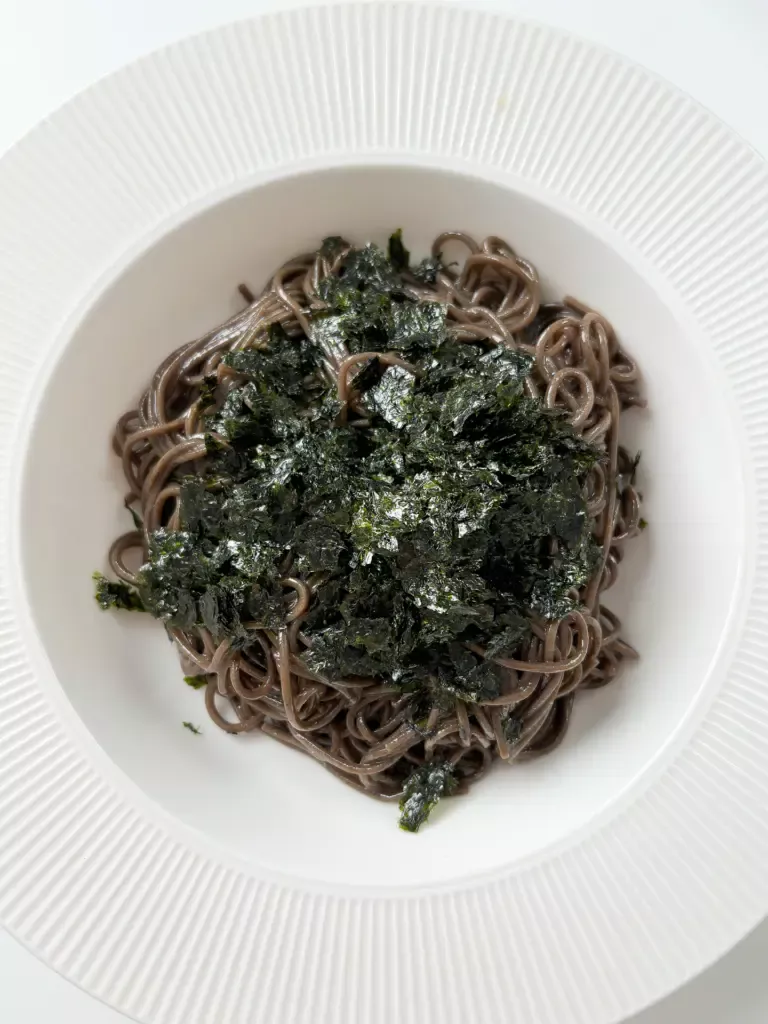
- Add 1 tbsp sesame seeds.
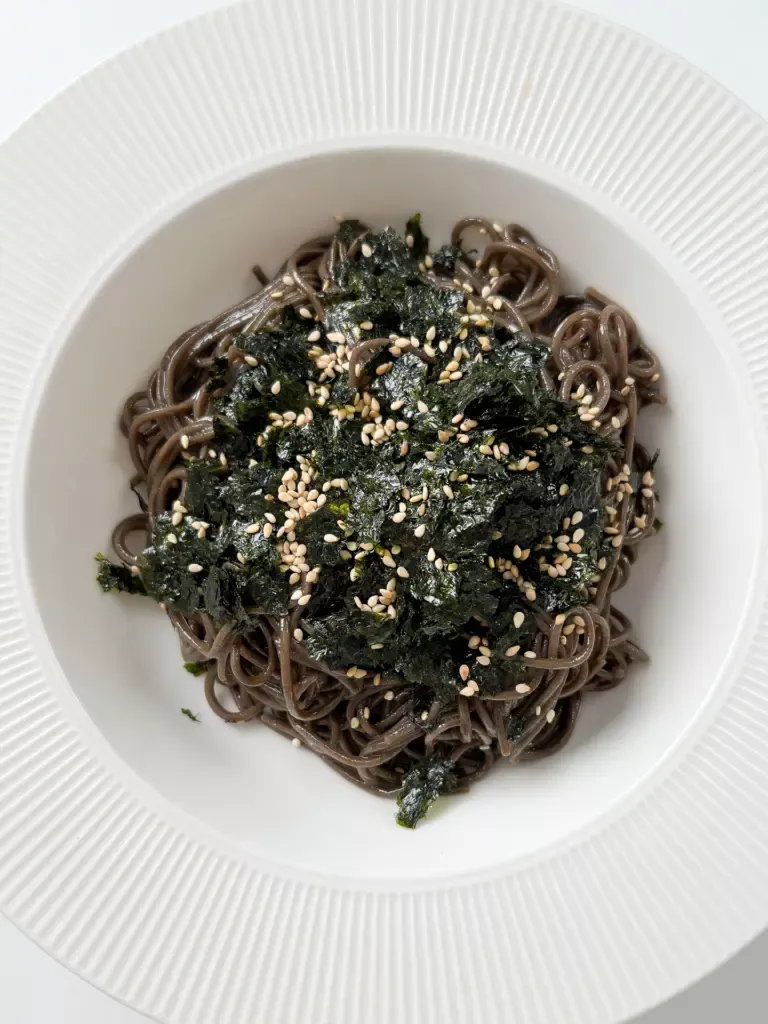
- Add the seasoned kimchi on top.
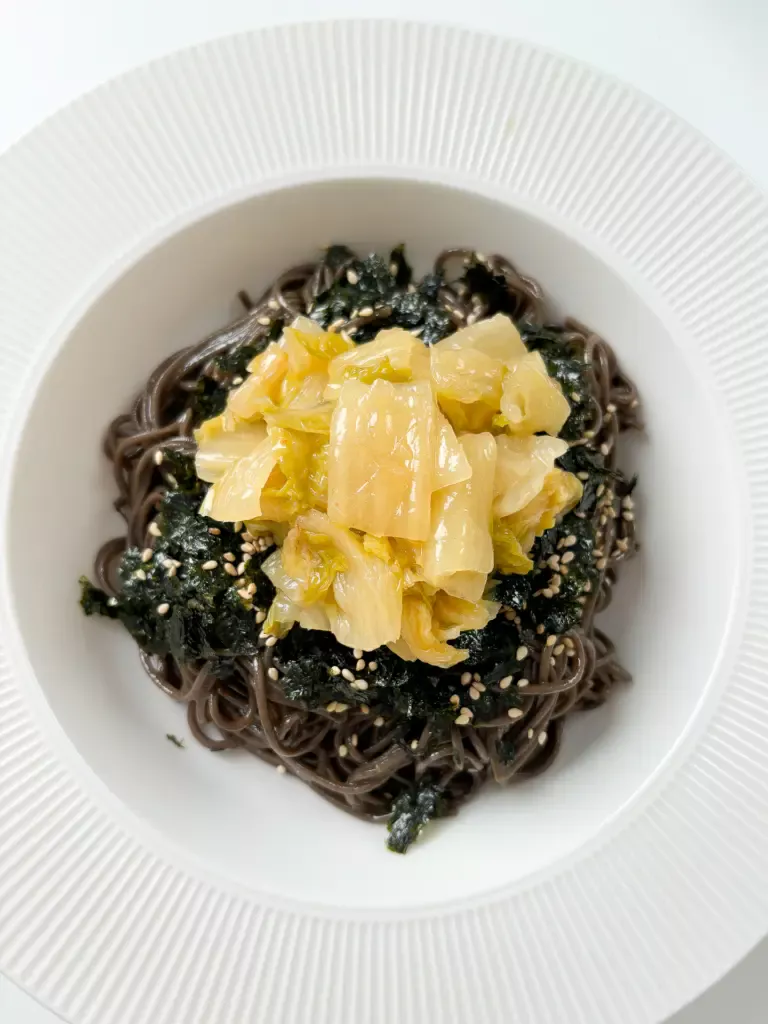
- Slice the green onion thinly and sprinkle it over everything.
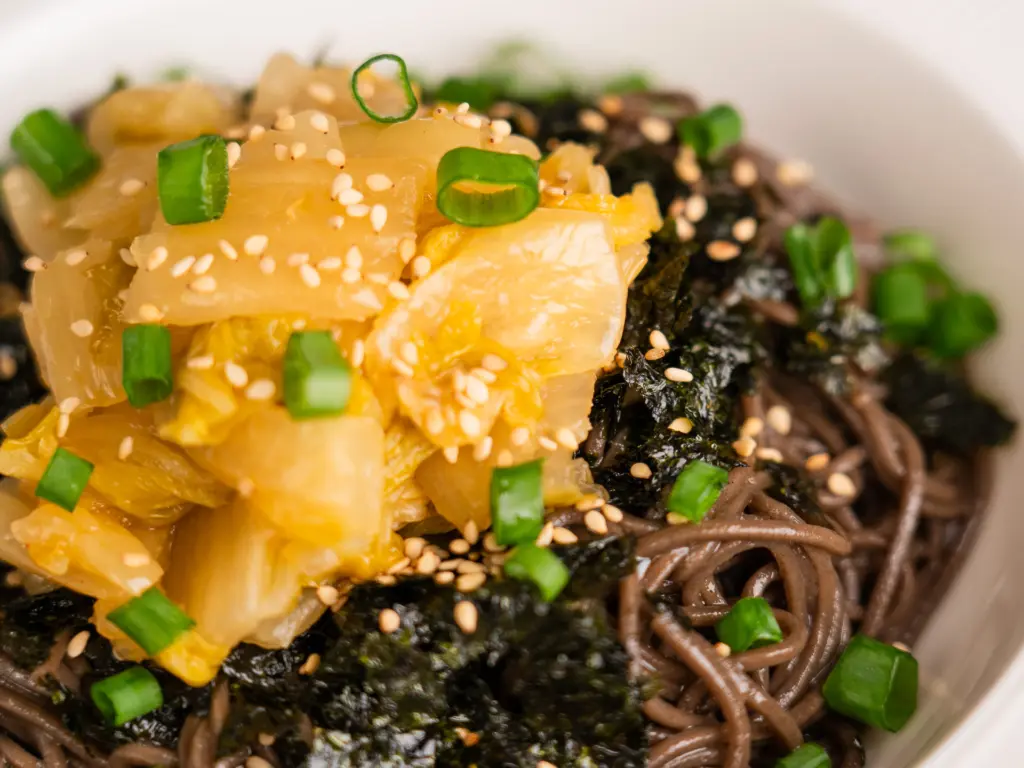
- Perilla Oil Noodles
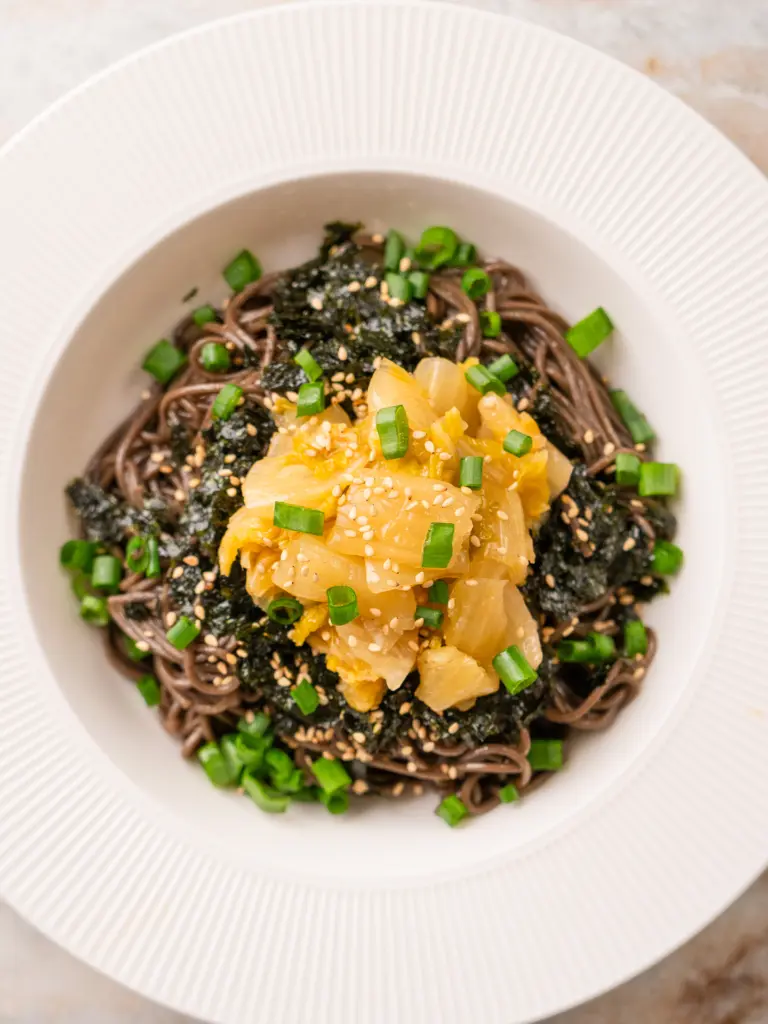
- Mix well before eating and enjoy!
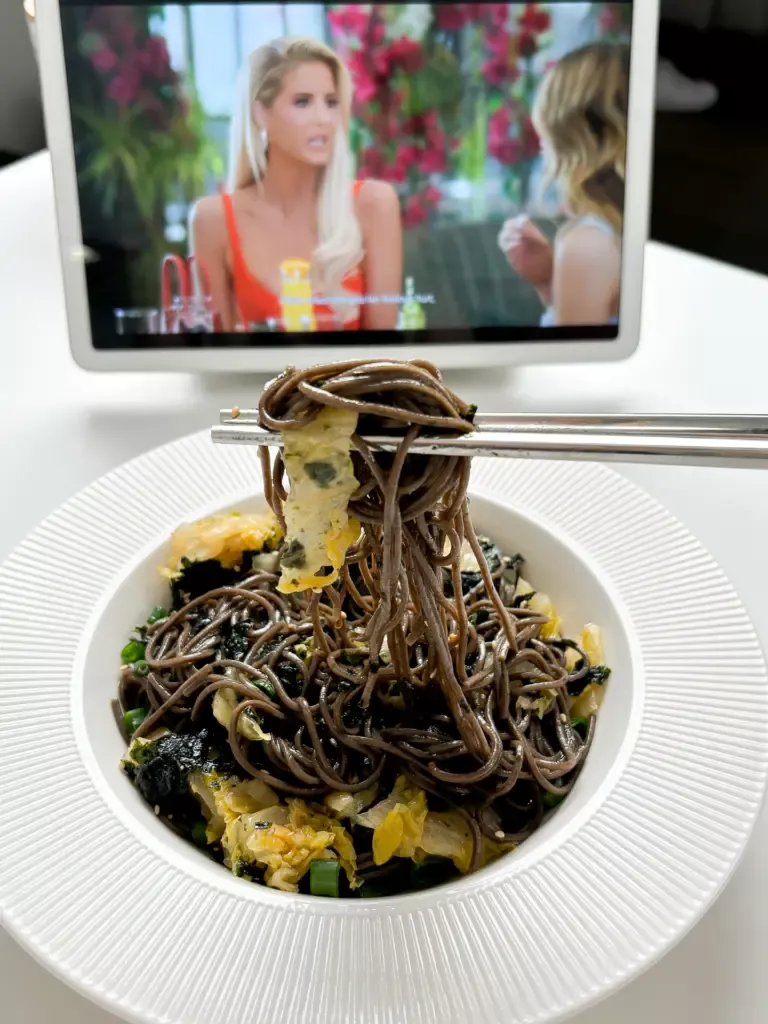
Nutritional information is an estimate. For personalized advice, consult a registered nutritionist.
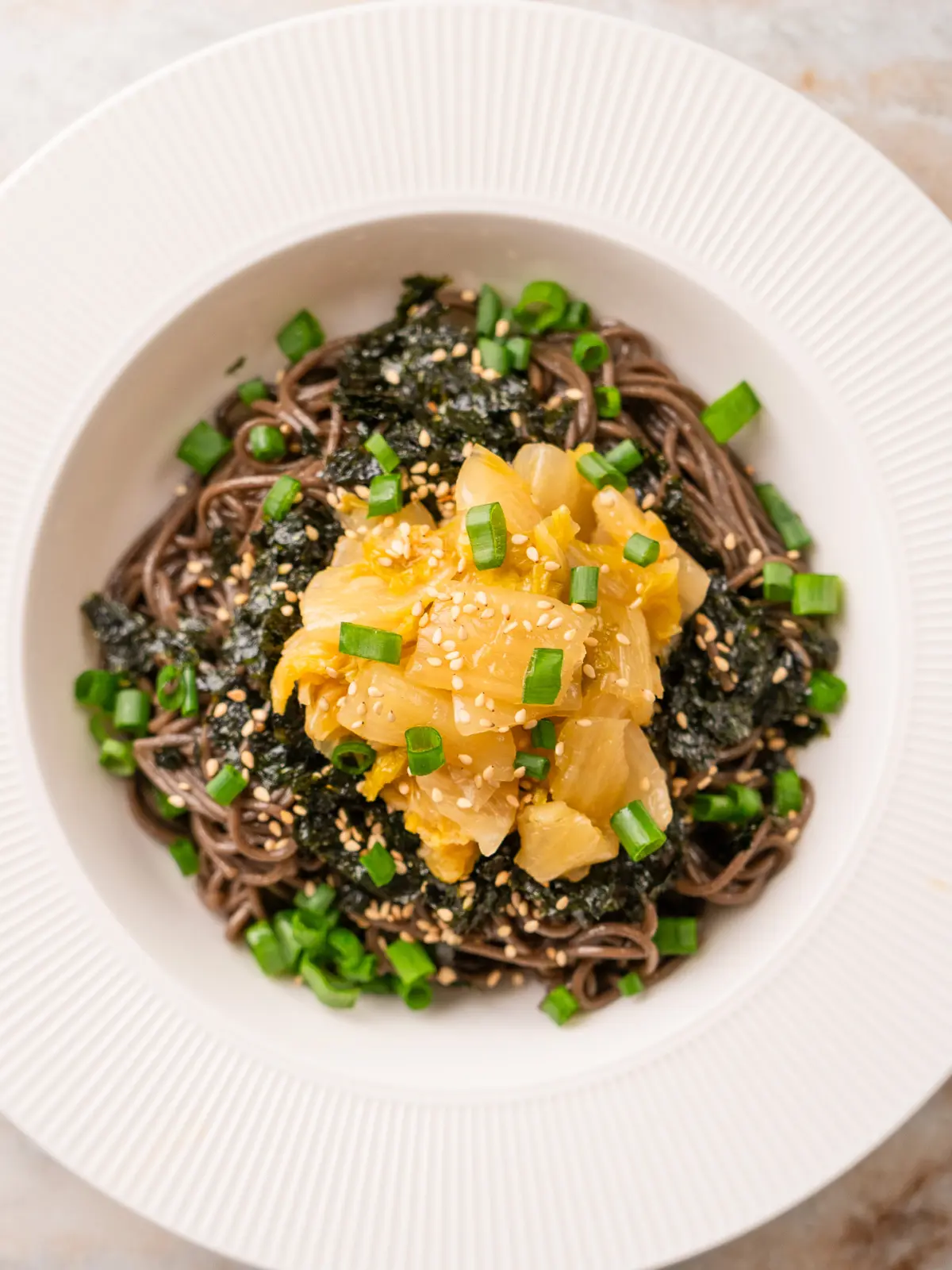
So nutty and refreshing! The kimchi on top is genius—made this in 10 minutes and it was the perfect summer lunch. Will make again for sure!